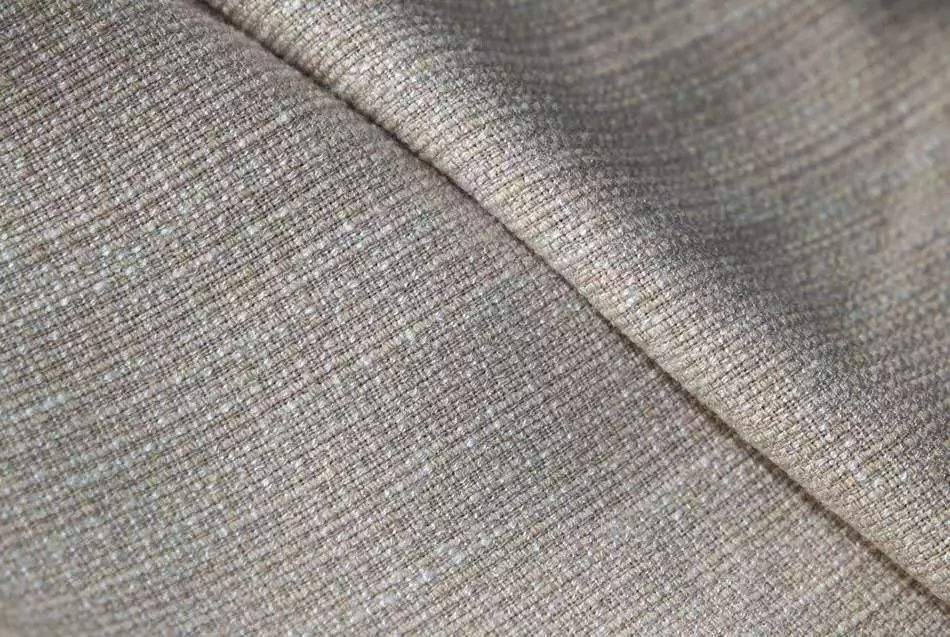How to distinguish the front and back of a fabric?
The difference between the front and back of the fabric: if consumers like that side, they will use that side; The positive side has a finishing effect, such as sanding, soft luster, and clear texture; Generally, colored coatings are considered positive; The coating surface for anti velvet, windproof and other purposes is the reverse side; A clear picture is positive; Those with fewer defects are considered positive; Cleanliness is positive; The pinhole protrusion is positive (but not accurate). According to these statements, there is no strict definition of the front and back of the fabric, but from a professional perspective, the following explanation is the correct answer:
① The patterns and colors on the front of the fabric are generally clearer and more beautiful than those on the back.
② Textiles with a striped appearance and colored striped fabrics must have clear and pleasing patterns on the front.
③ Convex strips and textured fabrics, with a tight and delicate front, featuring strip-shaped or pictorial raised patterns; The reverse side is rougher and has longer floating lines.
④ Woolen fabric: A fabric with single-sided fuzzing, where the side with fuzzing is the front. For fabrics with double-sided fuzz, the shiny and regular side of the fuzz is used as the front of the fabric.

⑤ Observe the edge of the fabric, the shiny and regular side of the edge is the front of the fabric.
⑥ Double layered or multi-layer fabrics, if the warp and weft densities of the front and back sides are not the same, generally have a higher density on the front side or better raw materials on the front side.
⑦ Saro fabric: The side with clear texture and prominent warp is the front.
⑧ Towel fabric: The side with high looped density is the front.
⑨ Printed fabric: The side with clear patterns and bright colors is the front.
⑩ Whole piece fabric: Except for export products, those with instructions (trademarks) and factory inspection seals affixed are generally on the reverse side. Most fabrics have significant differences between their front and back sides, but there are also many fabrics with very similar front and back sides that can be used on both sides. Therefore, there is no requirement for differences between the front and back sides of these fabrics.
Article source: Fancy Thread Manufacturer
-
05-27
The reason why fabrics containing spandex are prone to yellowing
Spandex is a commonly used fiber variety in our daily lives, characterized by good elasticity, low fineness, high elastic modulus (cracking elongation can reach 400-800), and low specific gravity. Spa
-
04-24
Colored non dyed nylon with synthetic fiber raw material
The current conventional fiber coloring mostly uses yarn dyeing method, which has long process, high loss, high cost, and the product has color difference and low color wash fastness. Yarn is prone to
-
03-26
What are the characteristics of non dyed spandex?
Non dyed spandex has also been widely used in recent years. Non dyed spandex fiber can be blended with fibers such as nylon, polyester, acrylic, cotton, wool, etc., which can give fabrics excellent el
-
02-24
The influence of yarn structure on fabrics
The basic characteristics of yarn include its appearance and shape, twisting characteristics, fiber transfer and distribution characteristics in the yarn, as well as the surface fuzz and internal loos
